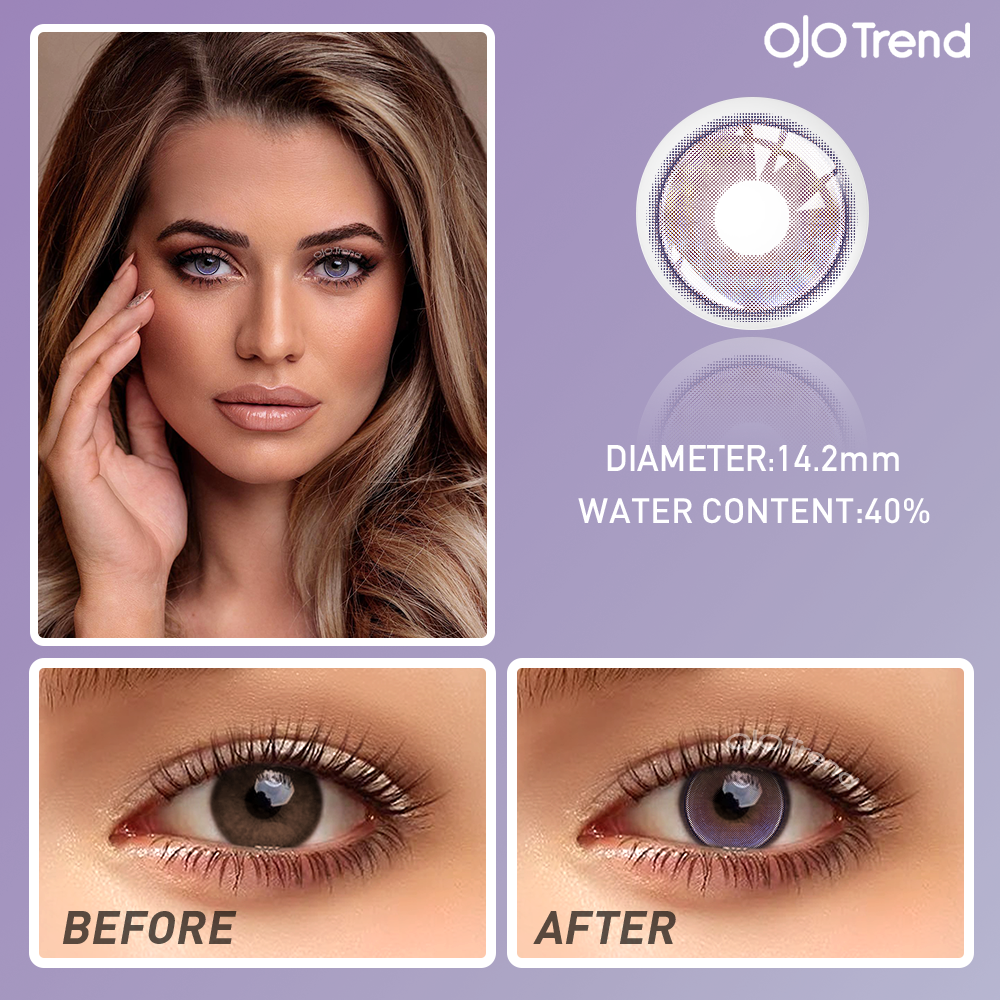When we think of contact lenses, we often associate them with modern technology and convenience. However, the history of contact lenses is a fascinating journey that dates back centuries.

The Early Beginnings
The concept of contact lenses can be traced back to the late 19th century, but the idea of using a lens to correct vision dates back even further. In 1508, Leonardo da Vinci first sketched the concept of altering vision by submerging the head in a bowl of water with a glass hemisphere over the eye. This early concept laid the foundation for the development of contact lenses as we know them today.
The First Contact Lenses
In 1887, German glassblower F.A. Muller produced the first contact lenses made from glass. These lenses were heavy and uncomfortable, but they represented a significant leap forward in vision correction technology. Over the years, various inventors and scientists continued to experiment with different materials and designs, leading to the development of more practical and wearable contact lenses.
The Breakthrough
It wasn't until the 20th century that contact lenses truly began to resemble the ones we use today. In 1948, California optometrist Kevin Tuohy developed the first corneal contact lenses made from plastic. These lenses were more comfortable and allowed for better oxygen flow to the eye, making them a more viable option for vision correction.
As the technology continued to advance, contact lenses became more widely available and affordable, revolutionizing the way people corrected their vision. Today, contact lenses are a popular alternative to traditional eyeglasses, offering convenience and flexibility to millions of people around the world.
The Future of Contact Lenses
Looking ahead, the future of contact lenses is filled with exciting possibilities. From smart contact lenses that can monitor health metrics to lenses that can deliver medication directly to the eye, the potential for innovation in this field is vast. Researchers and scientists continue to push the boundaries of what contact lenses can do, opening up new opportunities for improving vision and overall eye health.
As we reflect on the fascinating history of contact lenses and how they were invented, it's clear that this technology has come a long way. From humble beginnings as glass lenses to the advanced, comfortable options available today, contact lenses have transformed the way we see the world.



